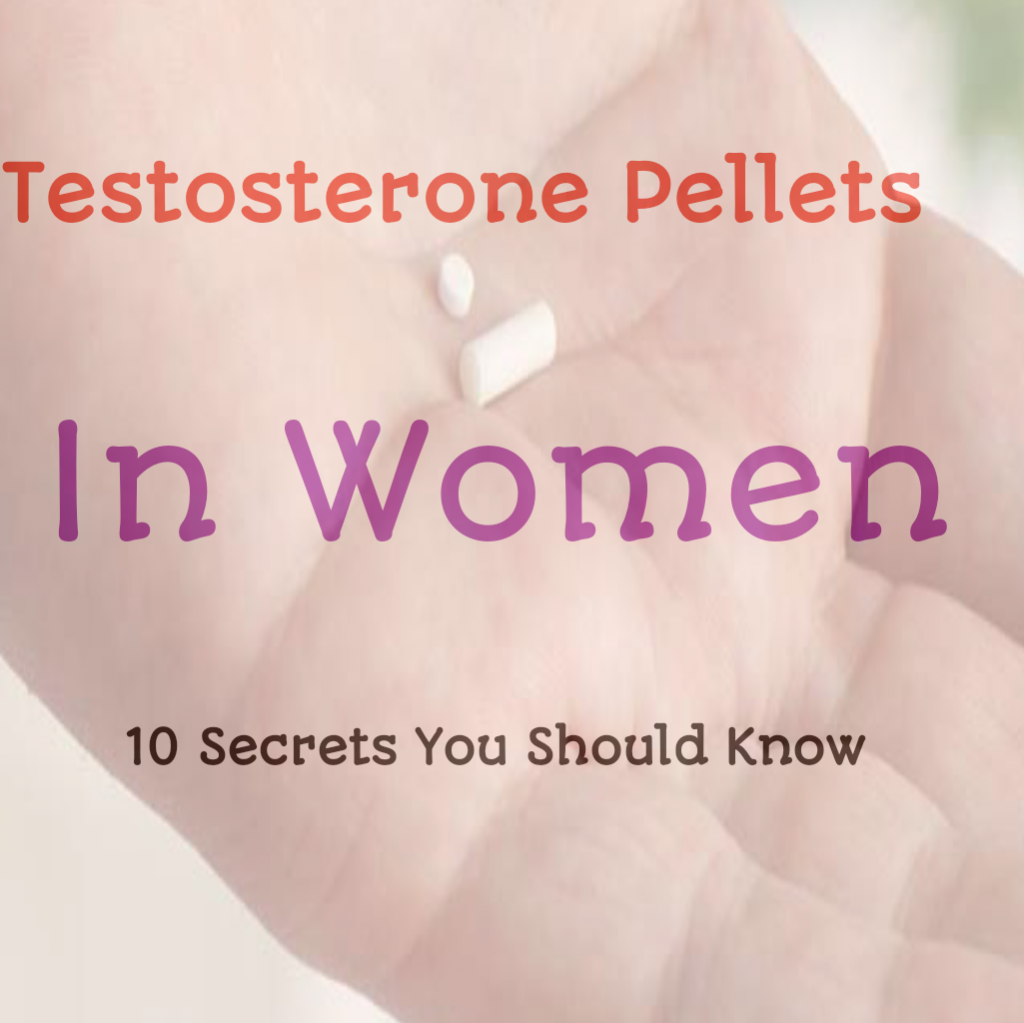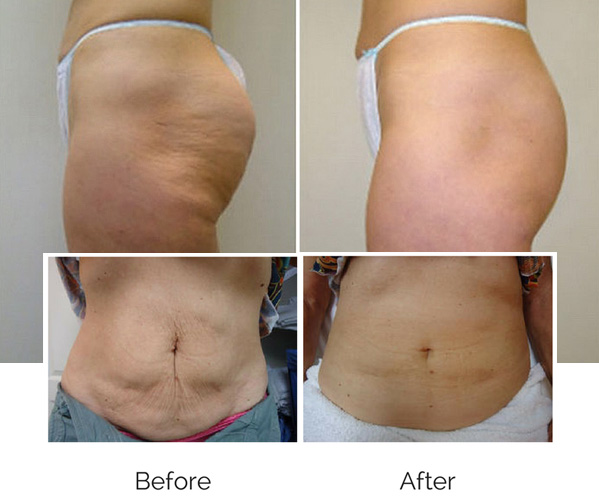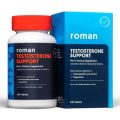Testosterone pellets are subcutaneous implants inserted under the skin during hormone replacement therapy to release consistent, physiologic levels of the hormone into the body and avoid the fluctuations in the levels of testosterone seen with other methods of delivery.
Testosterone pellets for the treatment of hormone imbalance in women have been around for a while, and studies have shown it to be a superior treatment of several conditions affecting women.
10 Important Things to Know About Testosterone Pellets For Women
Transgender hormone therapy
Testosterone pellet is used for transgender hormone therapy ( female-to-male). This sex reassignment therapy is used to change the secondary sexual characteristics of transgender people from feminine (or androgynous) to masculine.
Endometriosis
According to mayo clinic, endometriosis occurs when bits of the tissue that lines the uterus (endometrium) grow on other pelvic organs, such as the ovaries or fallopian tubes. Outside the uterus, endometrial tissue thickens and bleeds, just as the normal endometrium does during the menstrual cycle. An increase in the production of estrogen during menstruation causes the uterine lining to shed, and the endometrial lesions also to try to shed, causing the symptoms of endometriosis. Testosterone and testosterone derivatives block the production of estrogen in the ovaries, and bind to progesterone, preventing it from acting on its receptors, thereby chemically inducing menopause. When the levels of estrogen present is reduced, it causes the endometrial lesions to shrink and inflammation is reduced, which can greatly reduce the pain experienced by endometriosis patients.
Uterine fibroids & menstrual cycle
Uterine fibroids are benign tumors that originate in the uterus (womb). Although they are composed of the same smooth muscle fibers as the uterine wall (myometrium), they are much denser than normal myometrium. A 13-year longitudinal study that examined hormone levels and the incidence of uterine fibroids in women reported that women who have high levels of both testosterone and estrogen in midlife may face a greater risk of developing uterine fibroids than women with low levels of the hormones. Taking testosterone pellets will also cause changes to the menstrual cycle, and after some period of being on testosterone, you will discover that your monthly menstruation will stop completely.
Improvement of insomnia
Insomnia, also known as sleeplessness, is a sleep disorder in which people have difficulty falling asleep, or staying asleep. Cortisol, the stress hormone, is responsible for most prolonged insomnia because of its impact on the body. Constant high levels of cortisol can create a hormone pattern that reduces testosterone production. Low testosterone can lead to adrenal fatigue, which often worsens insomnia. Testosterone pellets often correct this hormone imbalance reducing the levels of cortisol and restoring sleep patterns.
Low sex drive & libido in Women
Many women experience problems with sexual function at some point, and some have difficulties throughout their lifetime. Persistent, recurrent problems with sexual response, desire, orgasm, or pain that distress you or strain your relationship with your partner are known medically as sexual dysfunction. Recent studies show that testosterone improves sex drive as well as other problems related to sex in women with sexual dysfunction. However, this therapy is only recommended for women with sufficient levels of estrogen.
Depression
Depression is a persistent feeling of sadness and loss of interest, it affects how you feel, think and behave and can lead to a variety of emotional and physical problems. Studies on the impact of testosterone imbalance on depression and women’s health suggest that high androgen levels cause aggressive behavior in men and women and as a consequence may cause depression.
Vaginal dryness
Vaginal dryness is a common symptom experienced by women as they go through testosterone hormone therapy and possibly for many years after. Vaginal dryness is the result of decreased levels of estrogen. Estrogen is the female hormone that keeps the lining of the vagina lubricated, thick, and elastic. Low estrogen and high progesterone result in the thinning and drying of the vaginal wall and diminished testosterone in women reduces muscle tone in the vagina and lessens sexual sensitivity. Changes in the vaginal fluid can also promote the growth of ‘bad’ bacteria and increase the risk of both vaginal and urinary tract infections in women on testosterone pellet therapy.
Breast Cancer
Breast cancer is the most commonly occurring cancer in women and the second most common cancer overall. There were over 2 million new cases last year. Signs of breast cancer may include a lump in the breast, a change in breast shape, dimpling of the skin, fluid coming from the nipple, a newly inverted nipple, or a red or scaly patch of skin. Despite earlier assertions by medical professionals, a pooled analysis of data from 5 studies found higher levels of blood testosterone increased breast cancer risk in premenopausal women.
Enlarged Clitoris
One major setback of testosterone pellet therapy many would not tell you is its ability to disfigure your clitoris by making it grow abnormally large. The clitoris is the pleasure center of the vulva. It doesn’t have a central role in reproduction like the penis or vagina, it’s pretty much just there to feel good! Apart from Female genital mutilation FGM, steroids like testosterone pellets and sex toys are the leading cause of a disfigured or abnormal clitoris. Many women experience difficult transitions to intimacy following disfigurement.
Physical Attraction
Physical attractiveness is the degree to which a person’s physical features are considered aesthetically pleasing or beautiful. According to Business Insider, every time a man checks out a woman, he’s performing a reproductive fitness assessment. Men were designed to look for key features in women. These are the features that make women attractive because they are often associated with fertility and good health. When men notice these features, they are subconsciously thinking, she could have my babies! Making them subconsciously, or very consciously, attracted to you. Waist-to-hip ratio (WHR) and breast size are morphological traits that are often associated with female attractiveness. However, a woman abusing or misusing testosterone pellets over a long period is almost unrecognizable as a woman because these features have all but disappeared. Fortunately, when used properly and effectively testosterone pellets can boost a woman’s attractiveness by enhancing body features making them aesthetically pleasing or beautiful.
Side Effects Of Testosterone Pellets For Women
While testosterone therapy can be beneficial for some women, it can also cause side effects. Here are some possible side effects of testosterone pellets for women:
- Acne: Testosterone therapy can cause acne, especially on the face, chest, and back.
- Hair growth: Testosterone therapy can cause excess hair growth, especially on the face and body. This is known as hirsutism.
- Voice changes: Testosterone therapy can cause a deepening of the voice, which may be permanent in some cases.
- Clitoromegaly: As I mentioned before, testosterone therapy can cause clitoromegaly, which is an enlarged clitoris.
- Breast changes: Testosterone therapy can cause breast atrophy, or a decrease in breast size.
- Mood changes: Testosterone therapy can cause mood swings, irritability, and anxiety in some women.
- Weight gain: Testosterone therapy can cause weight gain, especially in the abdominal area.
- Liver toxicity: Long-term use of testosterone therapy can potentially cause liver toxicity, so regular liver function tests are recommended.
It is important to note that not all women who receive testosterone therapy will experience these side effects, and the severity and duration of the side effects can vary depending on the individual. Women who experience side effects while on testosterone therapy should consult their healthcare provider, who may adjust the dosage or switch to a different form of therapy to manage the side effects.







1 Comment